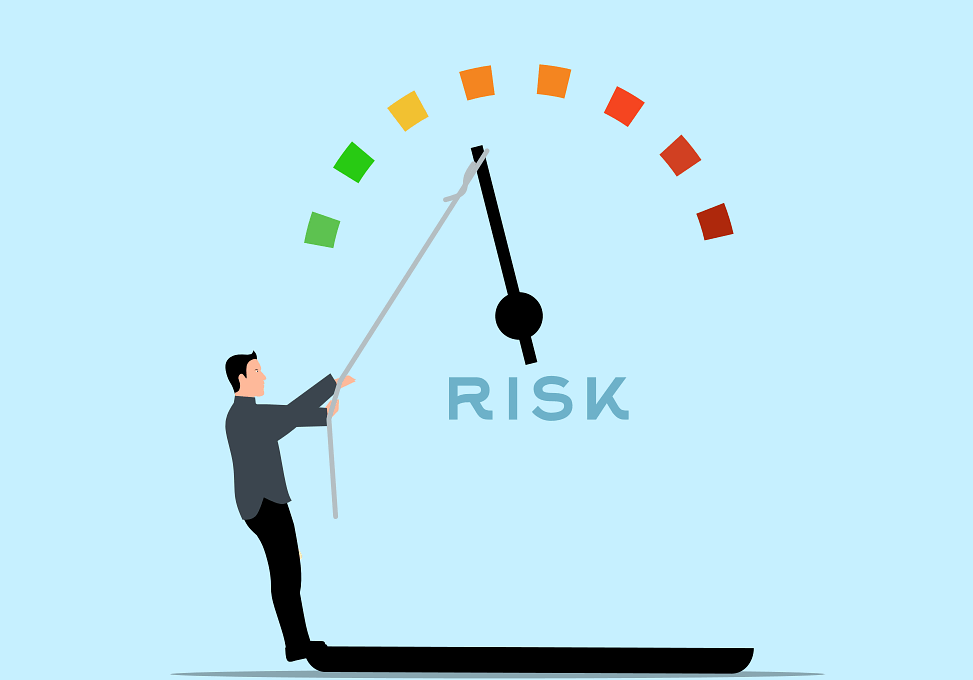Leadership Development and Risk Management in Corporations
Leadership development is an integral part of corporate governance, focusing on enhancing the capabilities of individuals in leadership roles. Effective leaders not only inspire their teams but also play a crucial role in managing risks within their organizations. By developing strategic leadership skills, corporations can create a culture that prioritizes risk awareness and management. This includes establishing clear goals, fostering transparency, and promoting accountability across all levels. Additionally, corporations must invest in training programs that equip leaders with the necessary tools to identify, assess, and mitigate risks effectively. Such initiatives can lead to improved decision-making processes that align with business objectives. Moreover, engaging with stakeholders in leadership development enhances organizational resilience. It helps leaders understand various perspectives, build trust, and drive collaborative solutions. The ability to navigate complexities and uncertainties is vital in today’s fast-paced business environment. As industries face disruptive changes, the correlation between leadership development and risk management becomes increasingly significant. Companies that prioritize these aspects are better positioned to withstand challenges and capitalize on opportunities, establishing a competitive advantage in the market. Promoting continuous learning and adaptation is essential to prepare leaders for an evolving landscape.
The Role of Leaders in Risk Mitigation
Leaders play a pivotal role in shaping an organization’s approach to risk management. They are responsible for setting the tone at the top regarding how risks are perceived and addressed. To effectively mitigate risks, leaders must foster a culture of open communication and collaboration. This includes encouraging team members to voice concerns and present potential risks without fear of repercussions. Leaders should also implement robust processes for risk assessment and management, ensuring that every team member understands their role in this framework. By emphasizing the importance of risk awareness, leaders can enhance the overall effectiveness of risk management strategies. Furthermore, empowering mid-level managers to act as risk champions within their departments can help create a comprehensive network of risk management throughout the organization. This decentralized approach ensures that risks are identified and addressed promptly at all levels. Regular training sessions and workshops can further equip leaders and employees with the skills needed to recognize emerging threats. The integration of risk management into daily operations transforms it into a proactive strategy rather than a reactive one. Ultimately, strong leaders serve as role models, guiding their teams toward a culture of accountability and risk-consciousness.
Risk management should be a continuous process that evolves alongside the organization and its environment. With rapid technological advancements, market fluctuations, and changing regulations, leaders must adopt a proactive mindset. A key aspect of this is to incorporate risk assessment into the strategic planning process. When leaders align risk management with their strategic vision, they not only safeguard the company’s assets but also create a resilient foundation for growth. Engaging in enterprise-wide risk assessments allows leaders to identify potential threats early on and devise appropriate strategies to counteract them. Additionally, the implementation of key performance indicators (KPIs) related to risk management can help track progress and effectiveness. This data-driven approach aids leaders in making informed decisions that enhance organizational stability. With the right tools and insights, leaders can navigate potential disruptions, ensuring that their teams remain focused on core objectives. Moreover, developing scenario planning exercises prepares leaders for unexpected developments. This strategic foresight is essential to adapt swiftly and capitalize on emerging trends while effectively managing associated risks. Ongoing education in risk management for leaders is critical, ensuring they remain adept at handling future challenges comprehensively.
Building a Risk-Aware Culture
To cultivate an environment where risk management is prioritized, organizations must create a risk-aware culture. This begins with leaders who exemplify and promote the values of transparency and integrity. By openly communicating about potential risks and their impacts, leaders can demystify the concept of risk management. Regular discussions at team meetings about current risks and mitigation strategies encourage an open dialogue among employees. Furthermore, recognizing and rewarding employees who identify and manage risks can reinforce this culture. Leadership development programs should emphasize the significance of individual contributions toward a collective risk management strategy. As teams become more engaged and informed about risks, they are better equipped to respond effectively, and organizational resilience increases. Incorporating risk management discussions into performance evaluations also emphasizes its importance within the corporate structure. Training workshops focusing on real-world scenarios can prepare employees to face challenges foresightfully. Technology can play a role in enhancing this culture; employing risk management software allows leaders to track risks systematically. Ultimately, fostering a risk-aware environment enables organizations to respond effectively to both challenges and opportunities that arise. This supportive atmosphere nurtures innovation while minimizing potential hazards, guiding the company toward sustainable success.
Effective leadership enhances an organization’s ability to implement risk management strategies successfully. Leaders must remain adaptable to industry changes and emerging trends. Continuous communication and feedback loops are essential components that underpin successful risk management initiatives. Leaders should actively seek input from team members during risk assessments to gain insights from various perspectives. Moreover, leveraging digital tools and platforms fosters collaboration and information sharing. These tools can provide leaders with real-time data, allowing for timely adjustments to risk strategies. Another crucial element is ensuring that risk management policies are clearly defined, well-communicated, and universally understood throughout the organization. Training sessions and resources should be made available to support employees in understanding their responsibilities regarding risk management. As organizations operate in increasingly complex environments, leaders also need to develop strong analytical and decision-making skills. This includes understanding not only the risks involved but also the potential opportunities that come with them. By viewing risks through a strategic lens, leaders can drive innovation while maintaining a focus on risk mitigation. Ultimately, effective leaders help foster an environment where calculated risks can lead to greater rewards and corporate growth, ensuring that the organization remains competitive in its field.
Leadership Development Programs and Risk Management
Structured leadership development programs should integrate key principles of risk management into their curricula. These programs can enhance leaders’ understanding of how risk impacts organizational performance and culture. Incorporating case studies and simulations allows emerging leaders to apply theory to practice, honing their problem-solving skills in real-time scenarios. Furthermore, mentorship opportunities with seasoned leaders can provide invaluable insights into navigating complex risk landscapes. Additionally, organizations should evaluate their current leadership training initiatives in terms of risk management effectiveness. By incorporating feedback from participants, these programs can be continually improved. This iterative approach ensures that future leaders are well-prepared to tackle evolving risks with confidence. Collaborative exercises that bring together leaders from different departments foster cross-functional knowledge sharing and holistic understanding of organizational risks. Role-playing various crisis situations empowers leaders to think critically and react swiftly under pressure. By integrating these elements into leadership development, organizations can cultivate leaders who prioritize risk awareness and mitigation strategies. Strong leadership development programs align closely with risk management practices, facilitating a culture where proactive strategies are championed. Ultimately, organizations that invest in these programs enhance their resilience against unforeseen challenges.
The relationship between leadership development and risk management is vital for sustainable corporate growth. Organizations that effectively integrate these two functions benefit from improved decision-making and risk mitigation capabilities. The continuous evolution of leaders is crucial to adapt to changing industry landscapes and challenges. This requires a commitment to lifelong learning and professional growth among leaders. Companies can adopt frameworks that combine leadership competency with risk management insights to sustain progress. Furthermore, the alignment of leadership strategies with business goals ensures that risk management practices contribute to overall organizational objectives. Stakeholder engagement is another essential aspect that influences this dynamic. Leaders should involve stakeholders in discussions about risks to foster transparency and trust. Moreover, building strong relationships with external partners can provide valuable insights and resources for risk management efforts. Good governance practices should underpin this relationship, ensuring that ethical considerations guide decision-making processes. As organizations face new challenges, the interplay between leadership and risk management will only grow in significance. Fostering a holistic understanding of this relationship is essential for future leaders. Ultimately, by cultivating strong leadership aligned with solid risk management principles, companies can navigate uncertainty more effectively and thrive.


